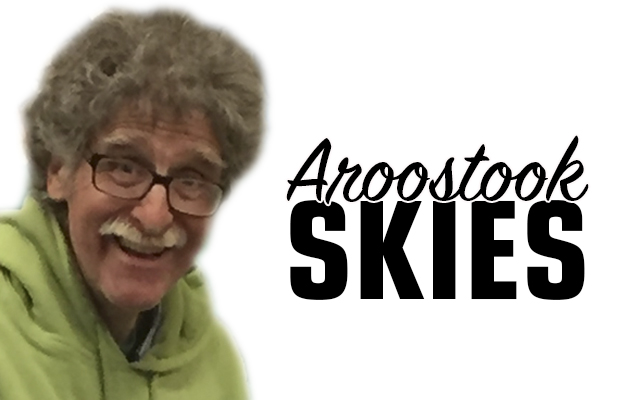Sure, 44 years is a long time — a lot of cake and candles. Astronomically, speaking, however, 44 years hardly winks an eye. Throughout the last 44 years, between the shadows, I can convince myself that, for a human life, 44 years stands and stretches, drawing and revealing some rather succinct statements about our life adventures and priorities.
On March 7, 1970, I thrilled to the sight of clear skies and rather mild temperatures in Chicagoland. From a remote circle of splendid suburban homes, I pushed open the screen door carrying a small telescope. For this was the day a school-age science child awaits and wonders: the newspapers announced an eclipse of the Sun whereby almost 80 percent of the solar disk would vanish under the advancing, encroaching passage of the moon’s disk. And as well known astronomy popularizer Timothy Ferris quipped: “All dreams begin in childhood.”
I wore a brown crew-neck sweater with casual chino pants and matching loafers. My close-cropped hair was a little severe as was the tight-lipped anticipation I seriously yet excitedly approached the event. I brought out a stout and strong wooden chair ordinarily kept around the kitchen table. Its dark stain and well crafted back and arm support met my mood. The telescope, presented to me some three years earlier in 1967 excited my imagination as well. Purchased by my father from the Sears catalog, it boasted a silver metallic tube with lengthy dew cap, a sturdy wooden (silver painted) tripod and a capable equatorial mounting fit with slow-motion cables and setting circles. The metallic triangular tripod wedge was perforated to insert numerous eyepieces and uniquely featured a tiny electric lamp with shade controlled by a small red toggle switch. The telescope’s eyepieces were color coded: a olive green cap held the low-power ocular; a sky blue banding featured the middle-power ocular; a black ring labeled the 4mm high-power ocular. A longer black tubed Barlow lens offered additional magnification and an erector lens would flip the image right side up for terrestrial viewing.
I sat on that dark stained chair armed with an electric anticipation. Suddenly, with monumental majesty, my makeshift projection screen revealed a tiny black bite along the edge of the Sun’s disk. In joy and wonder, I spent the next hour watching the Moon steadily encroach upon the familiar face of the Sun. Sometime after 1 p.m. only a strange sunlit crescent appeared on my paper screen. The sky overall and even the air seemed rarefied and strange.
By 3 p.m., it was over. I recall just ambling in our formally paved driveway, soaking in a million reflections. I knew the sky would never again fail to hold my best dreams.
Today, in March, 2014, I wait again to enter the shadows of space. Will you join me? A total lunar eclipse schedules for early hours Tuesday, April 15th. And total solar eclipses will awaken America on Aug. 21, 2017 and April 8, 2024. The latter event will actually darken Aroostook County for several minutes, weather permitting. And that’s “living the dream.”
We need welcome these shadows to better understand the light. Astronomy seems to uncannily take the simplest celestial sources and compel us to redefine ourselves along with them. Sun, Moon, light, shadow, day, night, and ordinary people — all return to a proper sanctification and seasoning. As Louis Armstrong once crooned: “What a Wonderful World!”
L.W. Berz, astronomy educator at The Francis Malcolm Institute of Easton, encourages one and all to “look up and gaze!” as a new spring season returns to our hearts and minds. For further eclipse information, call (207) 488-5451 today!








